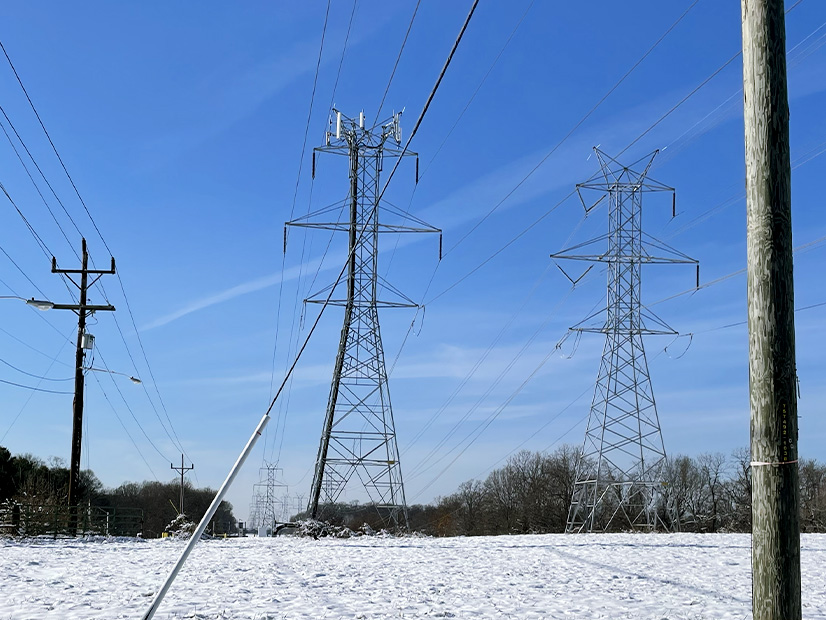ISO-NE CEO Gordon van Welie resumed his push for winter reliability solutions Thursday, pointing to near misses last month as motivation to make policy changes, while also reiterating that the RTO has limited agency in fixing the region’s problems.
Van Welie’s memo to the NEPOOL Participants Committee followed up on recent exchanges he has had with state officials after ISO-NE issued vocal warnings about the reliability of the grid in New England ahead of this winter. (See New England’s Reliability Debate Bleeds into FERC Compressor Decision.)
A lack of extended extreme weather has spared the region from the worst effects so far this season, but van Welie warned in his latest memo that policymakers still need to find solutions.
The message was a familiar refrain. A changing generation mix is leading to new problems and could be “insufficient in the face of the wrong combination of severe weather, non-gas generation contingencies and fuel supply chain issues,” van Welie wrote.
It also came with a new twist: an “evolving situation” in New York, including the shutdown of the Indian Point nuclear plant and increasing gas consumption, that could lead to reductions in how much energy it exports to New England.
On one of the biggest issues —
how to store energy for longer durations —
van Welie laid out a few possible solutions, including more hydro imports from Quebec, increased LNG imports and more dual-fuel capability.
But his biggest ask in the new memo was for better coordination, and he placed the onus on FERC to get everyone into the same room.
“We plan to continue talking with the states about this issue, and we’ve asked FERC to continue to focus on these issues with us until we find a solution. We are hoping that they will utilize their convening power to get all the right parties together later this year,” he wrote.
January Scares
Several incidents on cold days in January that led ISO-NE to briefly take emergency actions paint a picture of the vulnerabilities that van Welie is describing.
The first was on Jan. 11. NYISO told ISO-NE in the morning that it would likely have to reduce imports because of constraints on its own system. Around noon, a pole on the Phase 2 line from Hydro-Quebec tripped. Throughout the day, 1,100 MW of generation went down, and in total, an expected surplus of 1,278 MW turned into a deficit of about 1,200 MW.
The RTO had to commit additional units and declared a Master/Local Control Center Procedure No. 2, preparing for abnormal conditions on the grid.
The problems ultimately self-resolved, with imports resuming from New York and the Phase 2 trip fixed.
But the next day brought more challenges. Canaport LNG lost its electric feed, and ISO-NE had to notify New England pipelines that they should expect additional demand. The line was restored a few hours later.
The Millstone nuclear plant in Connecticut also went down for nearly a week during January for repairs.
“These are many of the major contingencies we worry about, and they all occurred within the span of two weeks,” van Welie wrote. “Thankfully, the region did not experience extended severe weather during this time frame, and we have been able to manage through them.”



